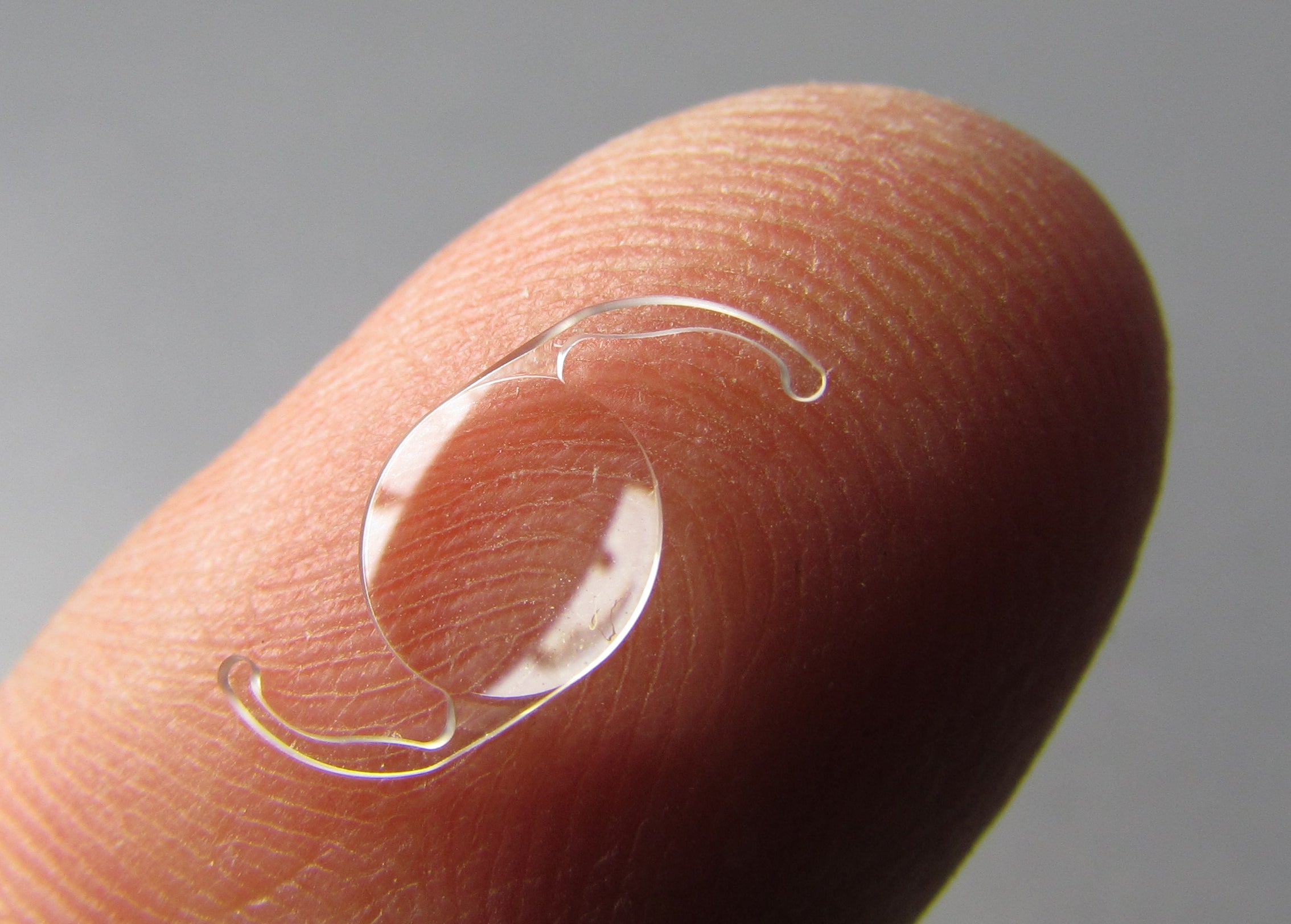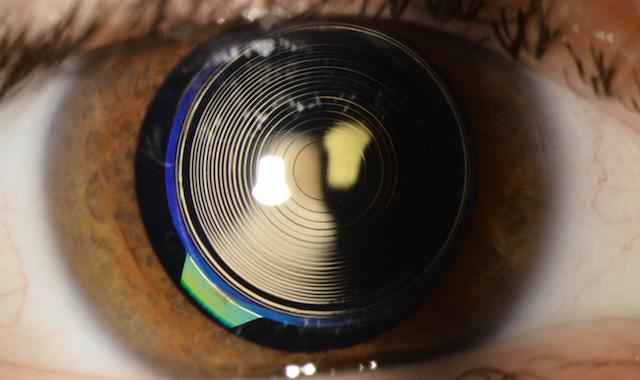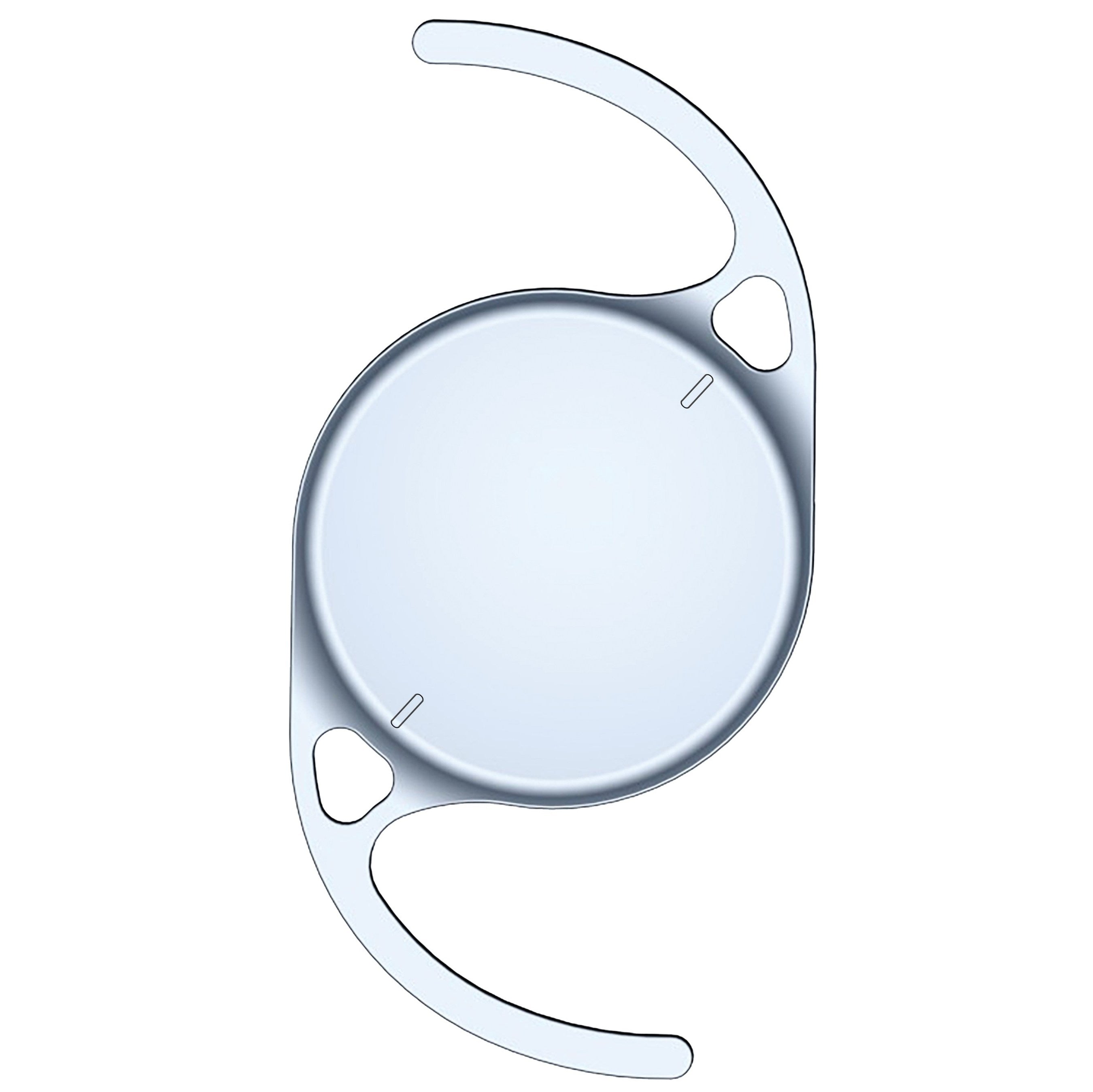As you get older, the natural lens inside your eye becomes firm and opaque, reducing visual clarity, decreasing contrast details, and causing glare. When the lens begins to reduce vision, it is known as a cataractous lens, or a “cataract,” for short.
During cataract surgery, the lens is dissolved using ultrasound and then vacuumed out of the eye. In its place, the ophthalmic surgeon places an intraocular lens implant.
Cataract surgery using a no-stitch technique represents a wonderful opportunity for you to improve vision AND become less dependent upon glasses.
This article explains the advantages, disadvantages, and costs of the basic lens implant and the four VISUAL FREEDOM intraocular lens implants available to you. Based upon your examination findings, your surgeon will make a recommendation of which lens or lenses are most appropriate for you.
It is recommended that you consider your options carefully.
When you undergo cataract surgery, you are making an important decision that will affect your dependence on eyeglasses for the rest of your life!
A significant percentage of our patients choose cataract surgery with implantation of one of the VISUAL FREEDOM lens implants described in this article.
Basic Monofocal Lens

The prefix, “mono” means one, and a monofocal intraocular lens works best at one distance. In most cases, the lens is calculated to give good distance vision so that the patient will need eyeglasses to see objects that are close. With a monofocal lens, you will likely need eyeglasses for both near vision (reading, needlepoint) and intermediate vision (computer, seeing prices in a store, viewing a picture on a wall). If you have significant astigmatism (oval shape of eye), you will also need a distance eyeglass prescription to see clearly.
The basic monofocal lens is the only intraocular lens implant that is completely paid for by Medicare and other insurance companies.
Patients who choose this lens do so either because they are cost-conscious or because their eye surgeon recommends it due to other ocular health issues.
Multifocal Lenses

The prefix, “multi” means many, and a multifocal lens works at many different distances. Available from several different manufacturers, multifocal intraocular lens implants have a series of rings in the lens that create different points of focus in the back of the eye.
Patients with multifocal lens implants are less dependent upon glasses than patients with monofocal lenses. Because of the ring design, patients often have glare at night, most pronounced during the first month or two.
Medicare and supplemental insurers and other insurance companies pay for a portion of the cataract surgery. However, they do not pay for the additional costs associated with implanting multifocal lenses.
Crystalens
Accommodation is the ability to focus on near and intermediate distances due to the actions of the focusing muscle of the eye.

Patients who have Crystalens implanted are also less dependent upon glasses than patients with monofocal lenses, although this lens works best at distance and intermediate distances; reading glasses are normally required.
Previously believed to flex during focusing to bring near objects into focus, the optical properties of Crystalens are actually more complex, having to do with its small optic size and aspheric design.
Unlike multifocal lenses which are made of acrylic, Crystalens is made from soft, solid silicone. Because of this, the posterior capsule that holds the lens in place commonly becomes opaque with time, and many patients require an additional procedure known as posterior capsulotomy 6-12 months after the surgery to maintain clear vision.
Medicare and supplemental insurers and other insurance companies pay for a portion of the cataract surgery. However, they do not pay for the additional costs associated with implanting the Crystalens.
Toric Intraocular Lens Implant – For Patients with Astigmatism

The Toric Lens corrects astigmatism, which is the oval shape of the eye that causes visual blurring.
While wearing strong eyeglasses after cataract surgery to correct your astigmatism is an option, cataract surgery with the toric intraocular lens implant provides you with an opportunity to be more independent of eyeglasses after surgery by correcting your astigmatism inside the eye.
Most patients with astigmatism who have the toric lens implanted do not require eyeglasses for distance vision. However, eyeglasses will be required for close and intermediate vision.
Medicare and supplemental insurers and other insurance companies pay for a portion of the cataract surgery. However, they do not pay for the additional costs associated with implanting the toric lens implant.














